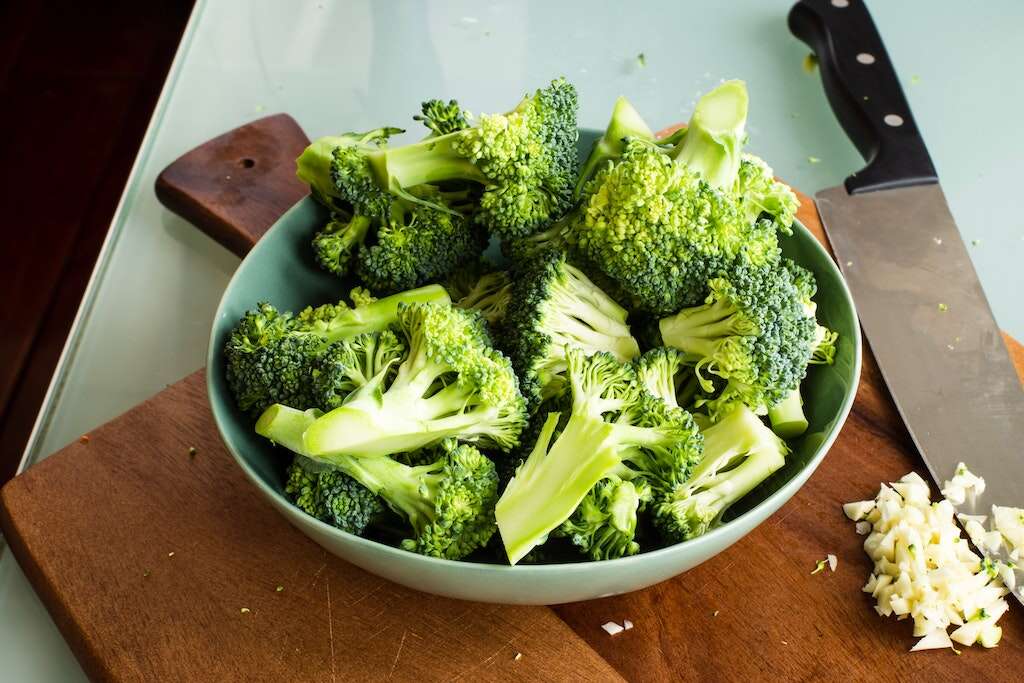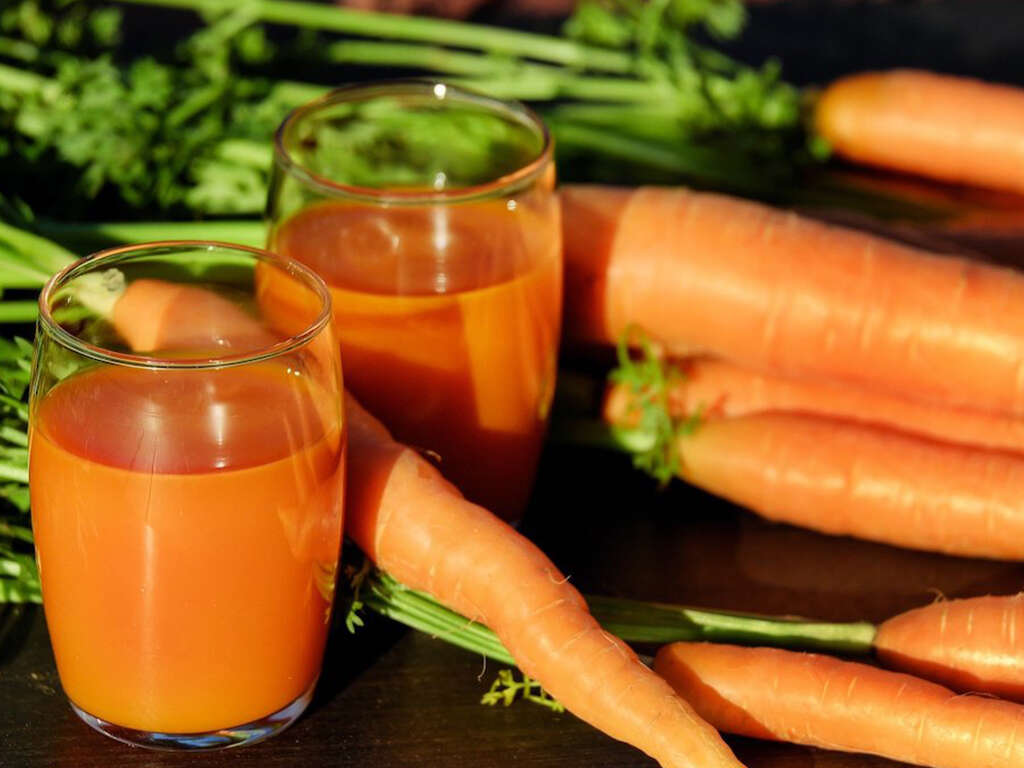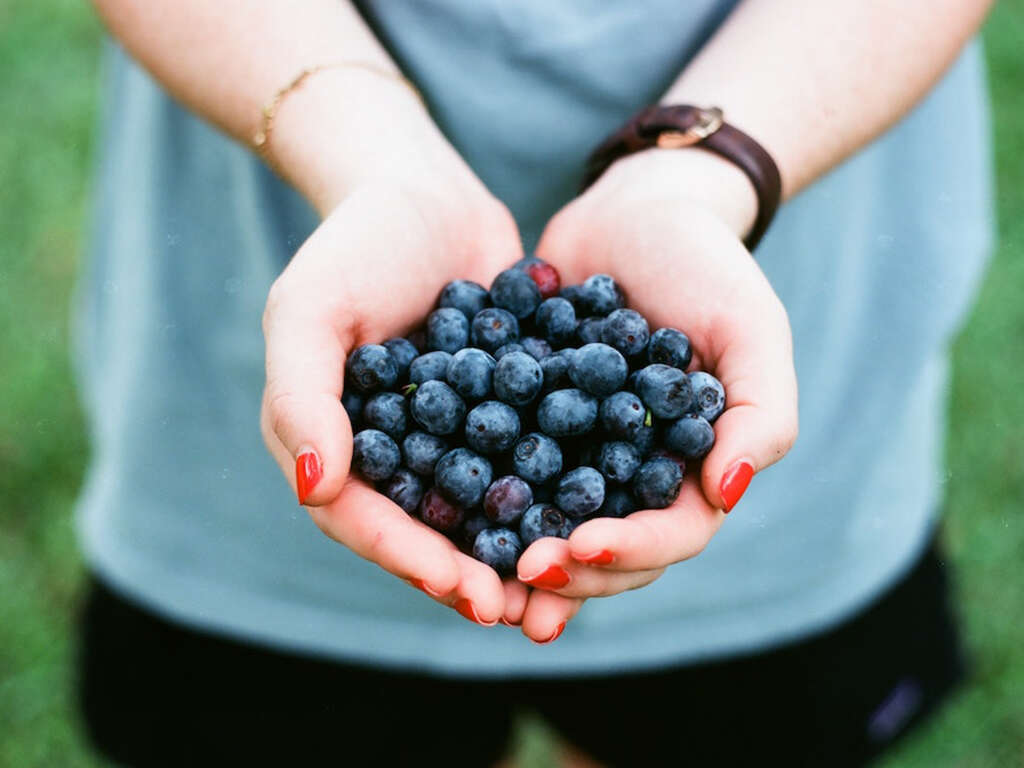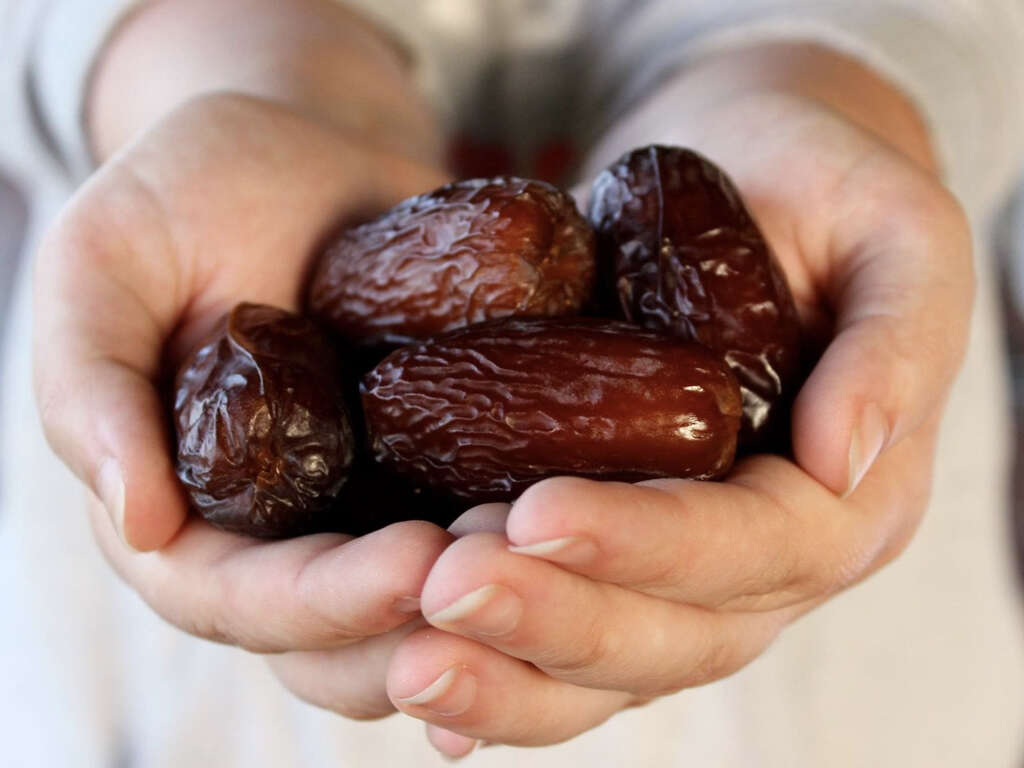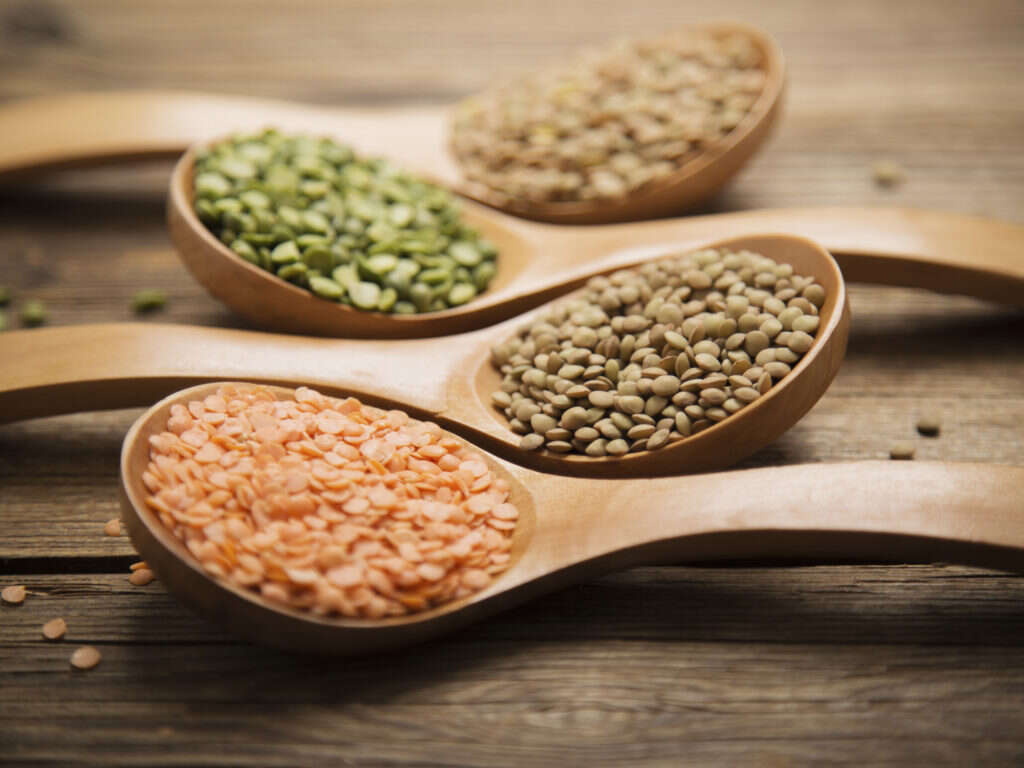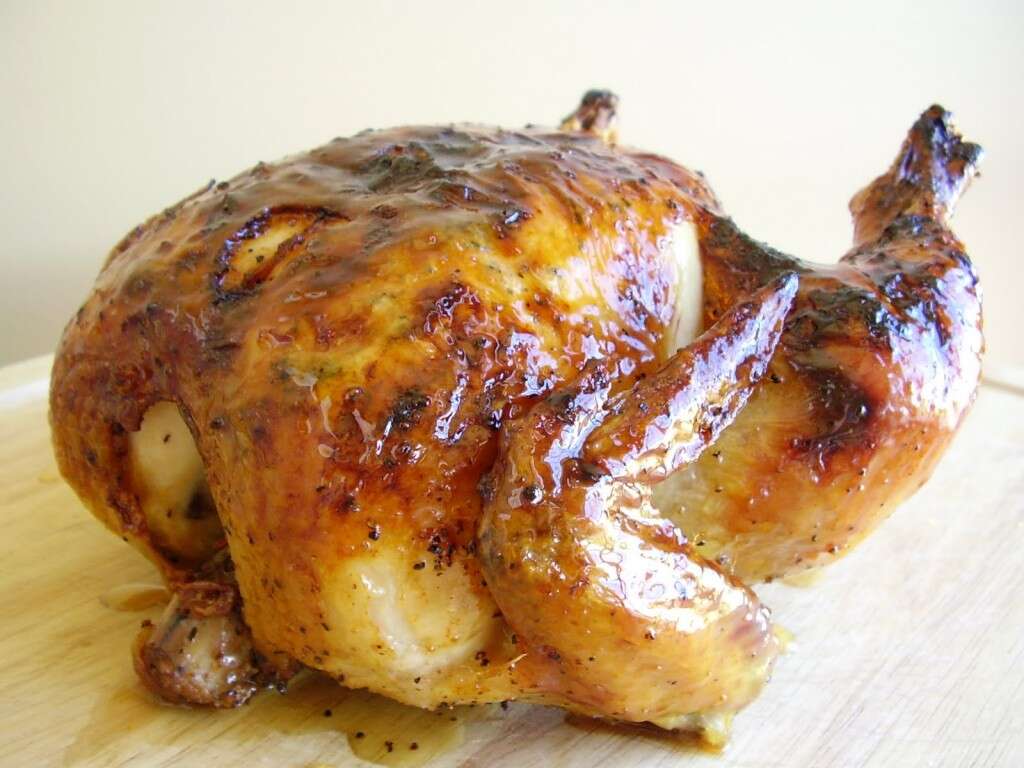10 High-Protein, Low-Fat Foods
 Article Sources
Article Sources
- 1. PD;, Johnston CS;Tjonn SL;Swan. ‘High-Protein, Low-Fat Diets Are Effective for Weight Loss and Favorably Alter Biomarkers in Healthy Adults' The Journal of Nutrition, U.S. National Library of Medicine, pubmed.ncbi.nlm.nih.gov/14988451/.
- 2. Bazzano, L A, et al. ‘Non-Soy Legume Consumption Lowers Cholesterol Levels: a Meta-Analysis of Randomized Controlled Trials.' Nutrition, Metabolism, and Cardiovascular Diseases: NMCD, U.S. National Library of Medicine, Feb. 2011, www.ncbi.nlm.nih.gov/pmc/articles/PMC2888631/.
- 3. MA;, Desai NT;Shepard L;Drake. ‘Sensory Properties and Drivers of Liking for Greek Yogurts.' Journal of Dairy Science, U.S. National Library of Medicine, pubmed.ncbi.nlm.nih.gov/24404579/.
- 4. Ros, Emilio. ‘Health Benefits of Nut Consumption.' Nutrients, MDPI, July 2010, www.ncbi.nlm.nih.gov/pmc/articles/PMC3257681/.
- 5. 'Your Guide to the Leanest Cuts of Beef.' Mayo Clinic, Mayo Foundation for Medical Education and Research, 29 Oct. 2019, www.mayoclinic.org/healthy-lifestyle/nutrition-and-healthy-eating/in-depth/cuts-of-beef/art-20043833.
6. High-Protein Vegetables
High-protein vegetables can be an excellent source of plant-based protein. Vegetables like broccoli and Brussels sprouts pack more proteins than others. These vegetables are naturally fat-free and a great addition to a diet. There are about 3 grams of protein from each cup of these greens.
Fresh vegetables are great sources of not only proteins, but vitamins, too (canned and cooked vegetables lose some of the vitamins, especially B and C vitamins). If fresh isn't available or the ease of canned and frozen vegetables is preferred, the protein is still there.
Advertisement
